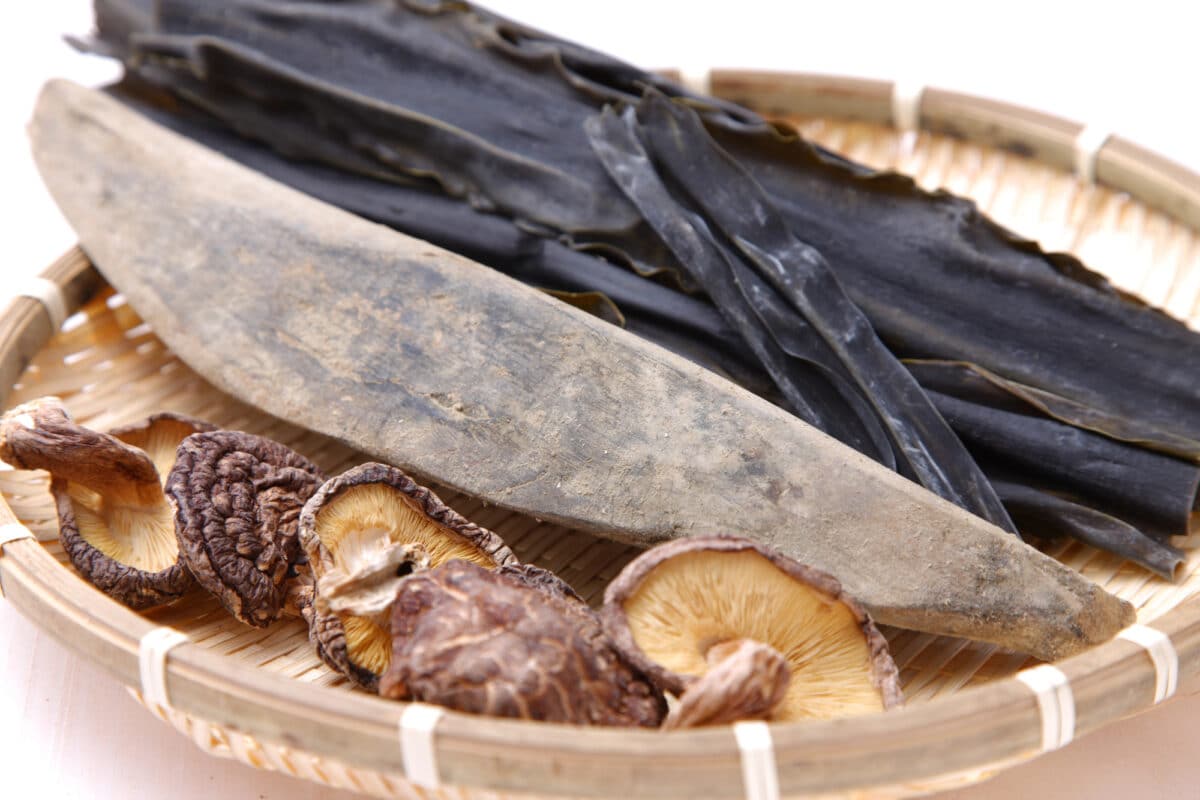Umami is one of the five basic tastes.
Sweet, sour, bitter, and salty are the other four.
The word “umami” is Japanese, derived from “umai,” meaning delicious, and “mi,” meaning taste. This flavor was identified by Japanese scientist Kikunae Ikeda in the early 20th century, who pinpointed glutamate, an amino acid, as the source of umami. He discovered that glutamate was responsible for the deep, savory flavor found in many foods.
Umami is often described as a rich or meaty taste, providing a flavor foundation that intensifies the palatability of many dishes. It is naturally present in various foods, including meat, fish, vegetables, and dairy products. Some common foods rich in umami components are tomatoes, mushrooms, aged cheeses like Parmesan, kombu, soy sauce, and fermented products such as miso.
In terms of its culinary uses, umami plays a crucial role in balancing flavors and enhancing the overall depth of dishes. It is especially valued in cooking because it can round out the overall perception of a dish without adding overwhelming flavors. Chefs around the world use umami-rich ingredients to add savoriness to their cooking, which can make dishes more satisfying.
MSG
The recognition of umami as a fundamental taste has influenced not just the culinary world but also food production. It led to the development of flavor enhancers like monosodium glutamate (MSG), which is used to amplify this savory taste in various food products.
MSG is the sodium salt of glutamic acid, an amino acid that occurs naturally in many foods such as tomatoes, cheese, and mushrooms. Commercially produced MSG is a crystalline compound that is added to dishes to boost their umami character.
Despite its widespread use, MSG has been subject to controversy regarding health concerns such as headaches and allergic reactions. The U.S. Food and Drug Administration (FDA), has declared MSG safe for consumption at customary levels. However, FDA requires that foods containing added MSG list it in the ingredient panel on the packaging as monosodium glutamate.
FDA considers the addition of MSG to foods to be “generally recognized as safe” (GRAS). Although many people identify themselves as sensitive to MSG, in studies with such individuals given MSG or a placebo, scientists have not been able to consistently trigger reactions.
Understanding umami has also helped in better grasping how food flavors work together, making it a key concept in food science and culinary arts.

